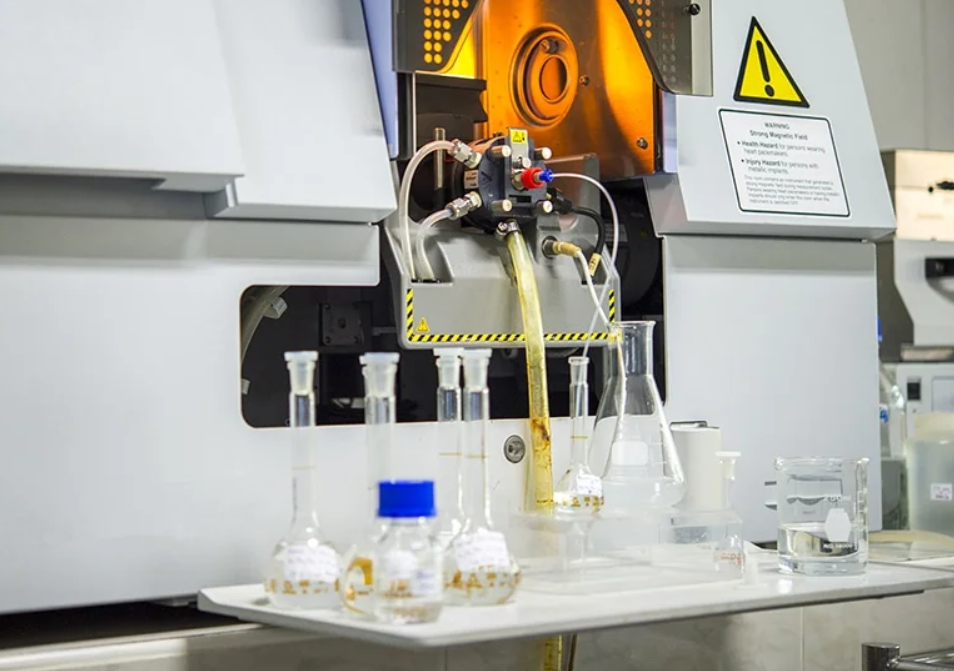Picture a scenario where trace elements become telltale signs, environmental contaminants are identified with unparalleled accuracy, and life-saving medications are manufactured precisely. Atomic Absorption Spectroscopy (AAS) stands as a beacon of this scientific precision.
From its role in environmental monitoring to its indispensable place in pharmaceutical quality control, AAS, like Agilent atomic absorption spectroscopy, has become an indispensable asset in scientific inquiry and industry. This article will uncover these five reasons, each shedding light on why AAS matters in shaping a more informed, safer, and healthier world.
1. High Sensitivity and Precision
AAS’s high sensitivity means it can identify and quantify elements in very low concentrations. This is crucial for tasks like environmental monitoring, where minute levels of pollutants must be identified accurately to safeguard ecosystems and public health. In pharmaceuticals, where the purity of drugs is paramount, AAS ensures that even tiny impurities are detected.
Besides that, precision is equally important. AAS provides reliable and consistent results, minimizing errors in analysis. This is vital for researchers and industries where precision matters, such as developing cutting-edge materials or ensuring the quality and safety of food products.
2. Wide Range of Elemental Analysis
One of the key advantages of AAS is its ability to analyze a broad spectrum of elements across the periodic table. This includes both metals and non-metals, allowing researchers and analysts to determine the concentration of elements in various samples.
Additionally, AAS can perform multi-element analysis, which means it can simultaneously detect and quantify multiple elements within a single sample. This capability streamlines the analytical process, saving time and resources. It’s particularly beneficial in applications where knowing the composition of different elements is essential, such as metallurgy, environmental science, and material testing.
3. Minimal Sample Preparation
Traditionally, preparing samples for analysis could be a time-consuming and labor-intensive process. However, AAS simplifies this step. In many cases, all that’s needed is the sample dilution to an appropriate concentration. This is particularly beneficial for busy laboratories and industries where rapid analysis is essential.
Additionally, AAS can accommodate various sample types, including liquids, solids, and gases. This versatility reduces the need for extensive sample manipulation. For example, in environmental testing, AAS can directly analyze water samples without complex pre-treatment, making it a preferred choice for monitoring water quality.
4. Selective and Non-Destructive
Firstly, AAS is highly selective, meaning it can precisely target and analyze specific elements in a sample. This selectivity is attributed to the unique spectral lines each element produces when exposed to radiation. By tuning the instrument to the wavelength corresponding to the element of interest, AAS can accurately determine its concentration even in complex matrices.
Secondly, AAS is non-destructive, which means it doesn’t alter or harm the sample during analysis. Many industries rely on this property when working with valuable or irreplaceable samples. For instance, in archaeology or art restoration, AAS can analyze the elemental composition of historical artifacts without causing damage.
5. Versatility Across Industries
Atomic Absorption Spectroscopy (AAS) boasts remarkable versatility, finding applications across various industries.
In environmental monitoring, AAS is pivotal in assessing water and soil quality. It can detect and quantify trace elements like heavy metals, allowing scientists to monitor pollution levels and ensure compliance with environmental regulations.
AAS also finds extensive use in food safety and quality control. Detecting and quantifying trace elements in food products helps identify contaminants and ensures food meets safety standards. This application is vital for preventing foodborne illnesses and ensuring the quality of consumer goods.
Atomic Absorption Spectroscopy in Various Applications
Now, armed with the knowledge of AAS’s significance, you’re well-prepared to explore its applications further, whether in the laboratory or the field. The potential for discovery and innovation is limitless, and AAS is your ally on this remarkable journey of scientific exploration and progress.

